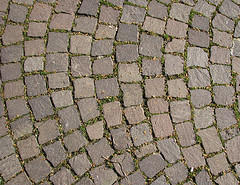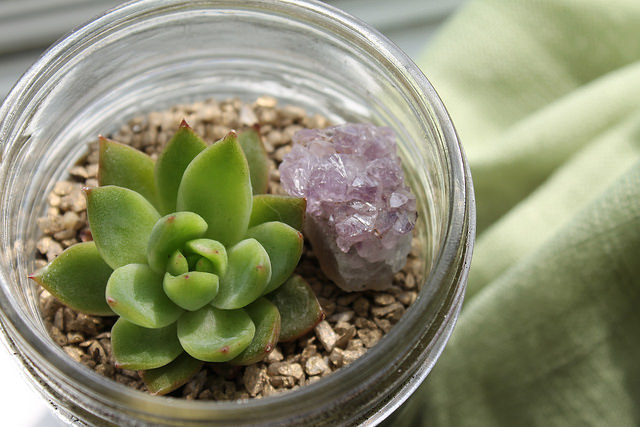Spring has sprung! It’s time to open the windows wide, scrub the floors, and replace your heavy, winter down comforter with something light and fresh. These three tips will help you plan your spring cleaning attack.
- Stock your cleaning supply kit. There’s nothing more frustrating than going to polish your furniture and realizing that you’re out of wood oil. Before you begin your spring cleaning, make sure that you have new bottles of window cleaner, bathroom scrub, oven cleaner, white vinegar, baking soda, and all of the brushes, towels, and sponges that go along with them.
- Begin by de-cluttering. Throw away or donate anything that you no longer use, and pack away heavy winter coats or large blankets that you won’t need for the next few months. This will give you more elbow room for deep cleaning.
- Get the whole family on board. Spring cleaning is a task that’s much too large for one person, so plan a day when the whole family can help. Plan it in advance to ensure that everyone can take part in the action, and assign tasks to stay on track with your plan.
Top 10 Spring Cleaning Tips [HowStuffWorks]
Ultimate Spring Cleaning Guide [BHG]












 Equal Housing Opportunity
Equal Housing Opportunity